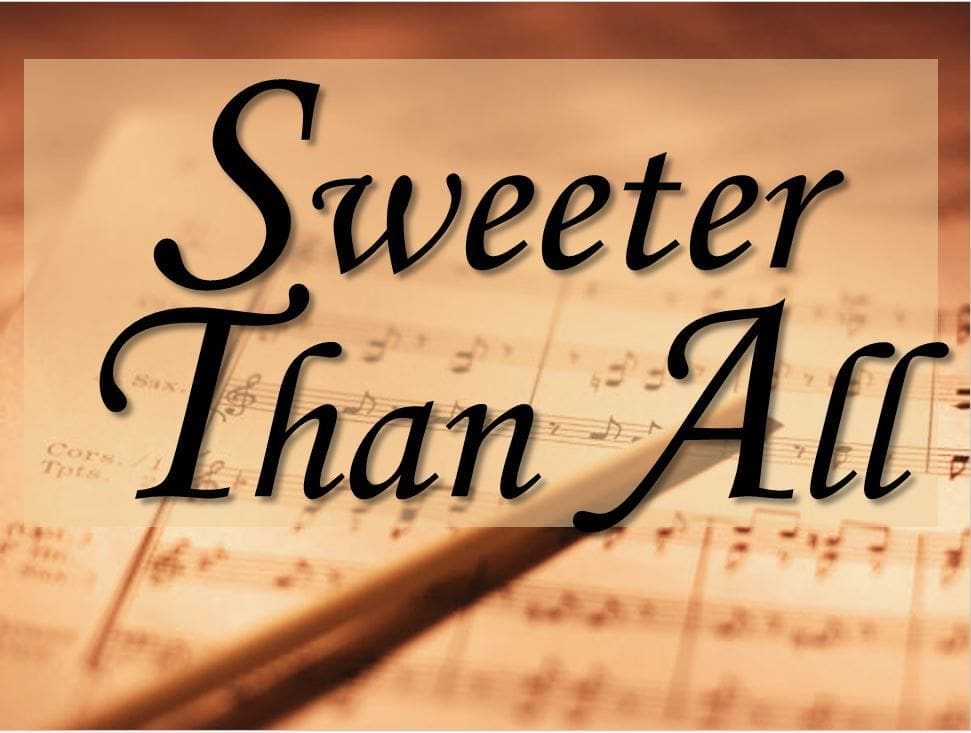
To concern oneself with Rudy Wiebe's fiction is to concern oneself with movement. That struggle is complex and interesting because it is not only about soldiers and cannons but also about ideas, about forms, about images and imaginings” (6). In this sense, Craft for a Dry Lake can be read through the lens of Edward Said’s observation in Culture and Imperialism: “Just as none of us is outside or beyond geography, none of us is completely free from the struggle over geography. The premise of a clear relation between self and place is unsettled by this cognizance of the implications of postcolonial Australia. At the same time, Mahood comes to realize that she no longer belongs in the place she once considered hers. It needs to be a strong story to take its place out here, and it needs to be something that comes from the country itself” (203). Mahood explicitly addresses this issue when she writes: “If you can’t locate yourself in some sort of narrative or myth, you can’t survive for too long in this country.

Her journey is propelled by a conviction that self and place are deeply intertwined.

In order to “locate herself,” Mahood endeavors to establish her own “narrative or myth” by narrating her journey to the Outback. The text attempts to negotiate the fault lines between different cultural spaces that cross the Outback however, it continues to subscribe to specific myths indicative of settler occupation, in particular, those of wilderness and frontier. Kim Mahood’s memoir Craft for a Dry Lake engages with the most iconic of Australian landscapes, the Outback.


 0 kommentar(er)
0 kommentar(er)
